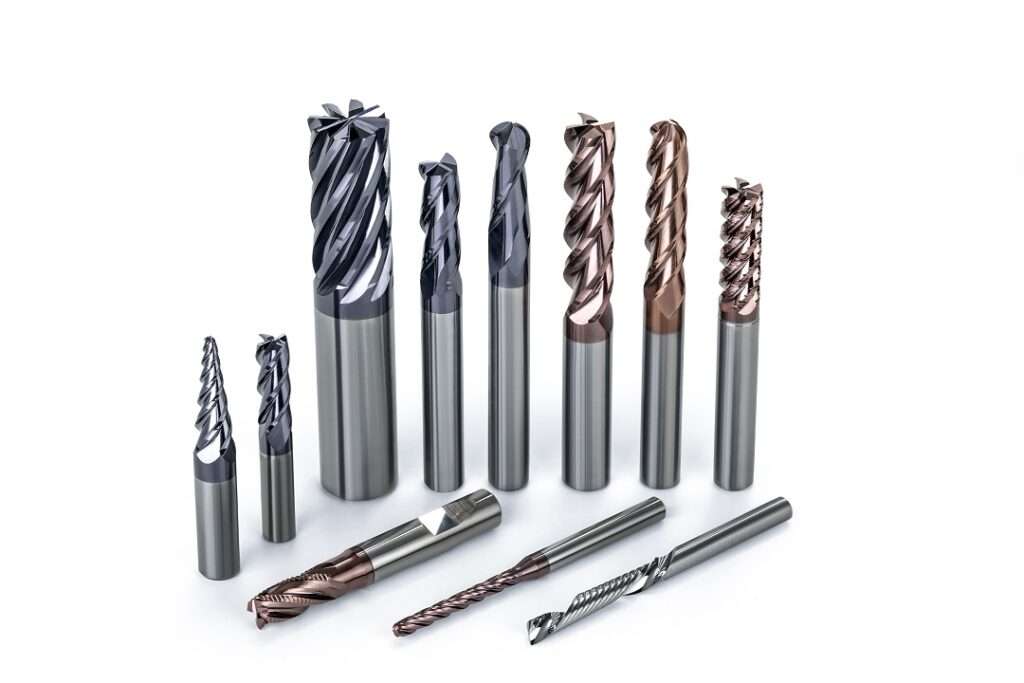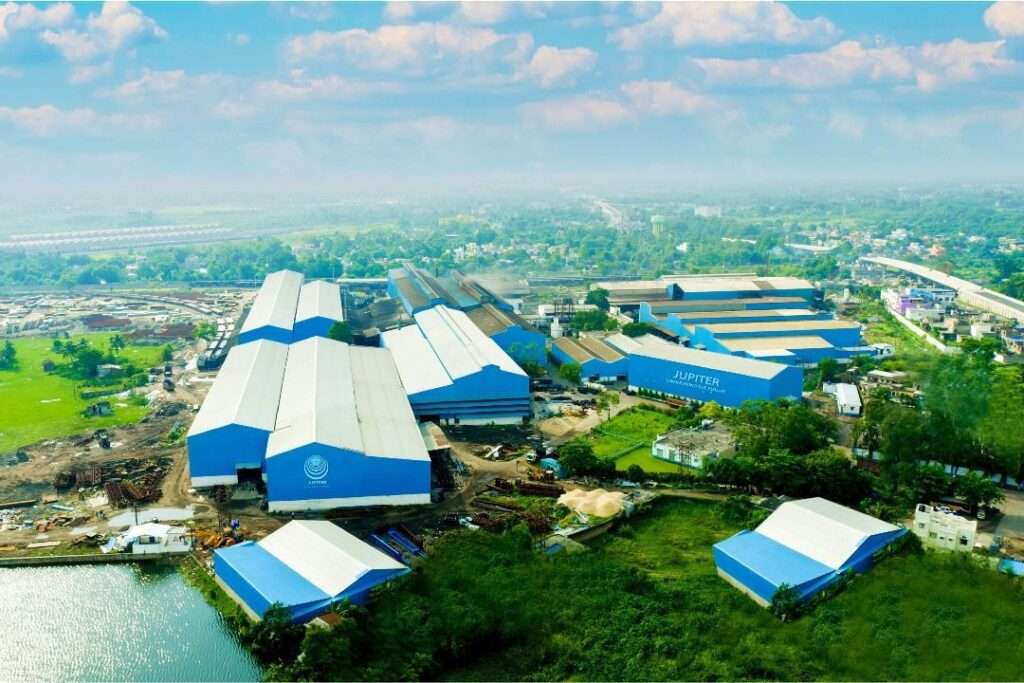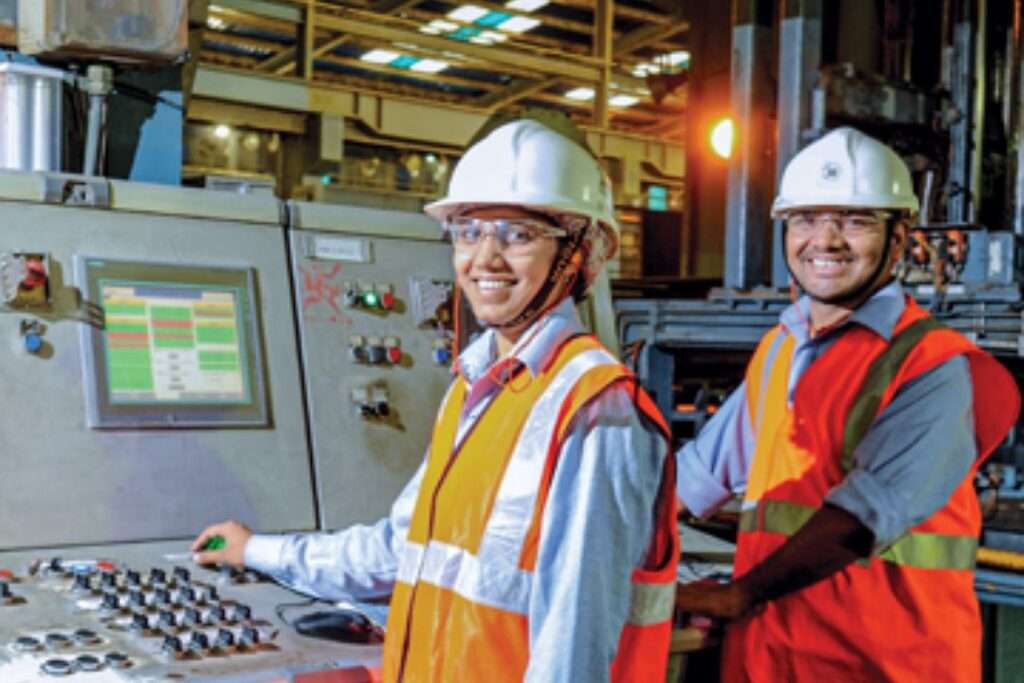A state-of-the-art Skill Development Centre, covering 20,000 sq ft, will soon be set up at Aurangabad Industrial City (AURIC) through a collaboration with the Confederation of Indian Industry (CII). The formal agreement (MoU) for the project is expected to be signed in the coming week. This development was confirmed by Amardeep Singh Bhatia, Secretary of the Department for Promotion of Industry and Internal Trade (DPIIT), during his visit to Chhatrapati Sambhaji Nagar on July 12, 2025. His visit aimed to assess ongoing progress in industrial infrastructure and startup growth in the region.
During the visit, Shri Bhatia emphasized the importance of attracting investments in Global Capability Centres (GCCs) and promoting the establishment of R&D hubs to enhance the innovation landscape at AURIC. Stakeholders also proposed aligning PMAY 2.0 subsidies with state-level housing schemes to create a well-integrated residential plan that complements the area’s industrial development.
The visit included an industry interaction session held at AURIC Hall, bringing together major industry groups such as MASSIA, CMIA, CII, FICCI, and ASSOCHAM. Participants shared key suggestions including improving regional connectivity between Aurangabad, Hyderabad, and Chennai; setting up an MRO facility and a Vande Bharat terminal; boosting logistics access at Bidkin; introducing local rail service between Jalna and Waluj; and ensuring affordable housing via MHADA. Other notable proposals included increasing land allotment for MSMEs from 10% to 40%, reserving 10% land for startups, and prioritizing soft infrastructure and workforce training within AURIC.
The Secretary also visited the Marathwada Accelerator for Growth and Incubation Council (MAGIC), where he engaged with emerging entrepreneurs and incubators. He recognized the energy and ideas of the region’s startup community and reiterated the central government’s commitment to nurturing innovation through initiatives like Startup India, the Fund of Funds, and sector-targeted incentives—particularly in smaller cities.
Further, Shri Bhatia toured the Bidkin Industrial Area, inspecting key infrastructure points such as the JSW green-tech unit, the Toyota Kirloskar site, and the Water Treatment Plant. His itinerary also included a stop at the Shendra Industrial Area, where he visited notable facilities including NLMK India, Hyosung T&D Pvt. Ltd., and Coatall Films Pvt. Ltd., applauding their role in boosting high-value manufacturing and job creation under the broader goal of Viksit Bharat@2047.
Additional infrastructure tours covered the Integrated Command and Control Centre (ICCC), the AURIC Hall, and the 3D digital model of Shendra. The Secretary highlighted the crucial role of public-private partnerships in transforming Maharashtra into a manufacturing and innovation powerhouse. The session drew active participation from both industry representatives and the Government of Maharashtra, reaffirming their joint commitment to driving industrial growth across the region.
AURIC encompasses the Shendra and Bidkin Industrial Areas, which are being developed over 4,000 hectares in two phases. The city follows an integrated development model, allocating 60% of land to industrial use and 40% for residential, commercial, institutional, and healthcare services. Infrastructure in Shendra (2,000 acres) and Bidkin Phase-1 (2,500 acres) includes piped water, power, sewage, and high-speed internet, with underground networks extending directly to industrial plots. Importantly, 42% of the water supply will be sourced from treated wastewater.
The smart city is equipped with modern SCADA systems, air quality sensors, surveillance networks, and digital traffic controls. Transparent land allotment is managed through an e-Land Management system, and the city’s status as a licensed electricity distributor enables it to offer lower power tariffs—strengthening its appeal for investors and manufacturers alike.








